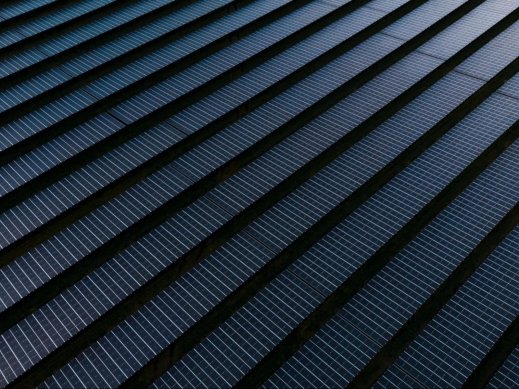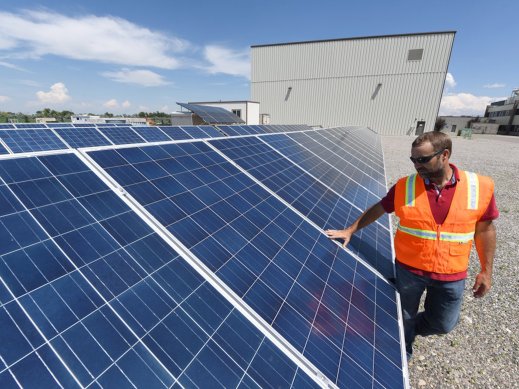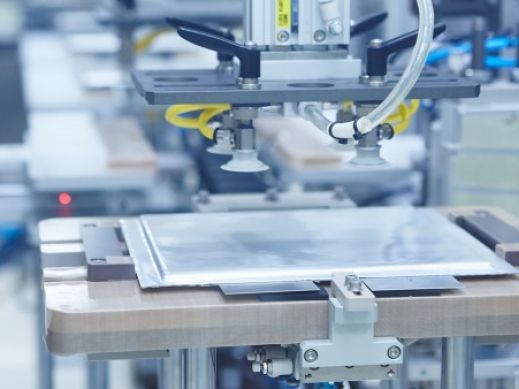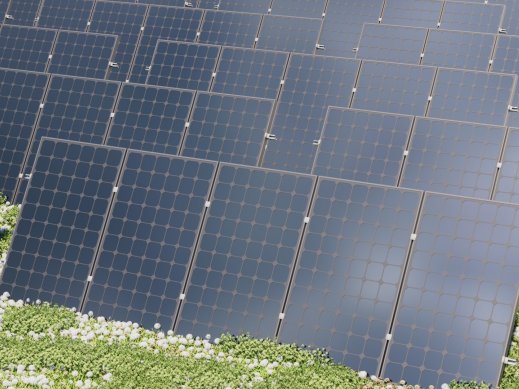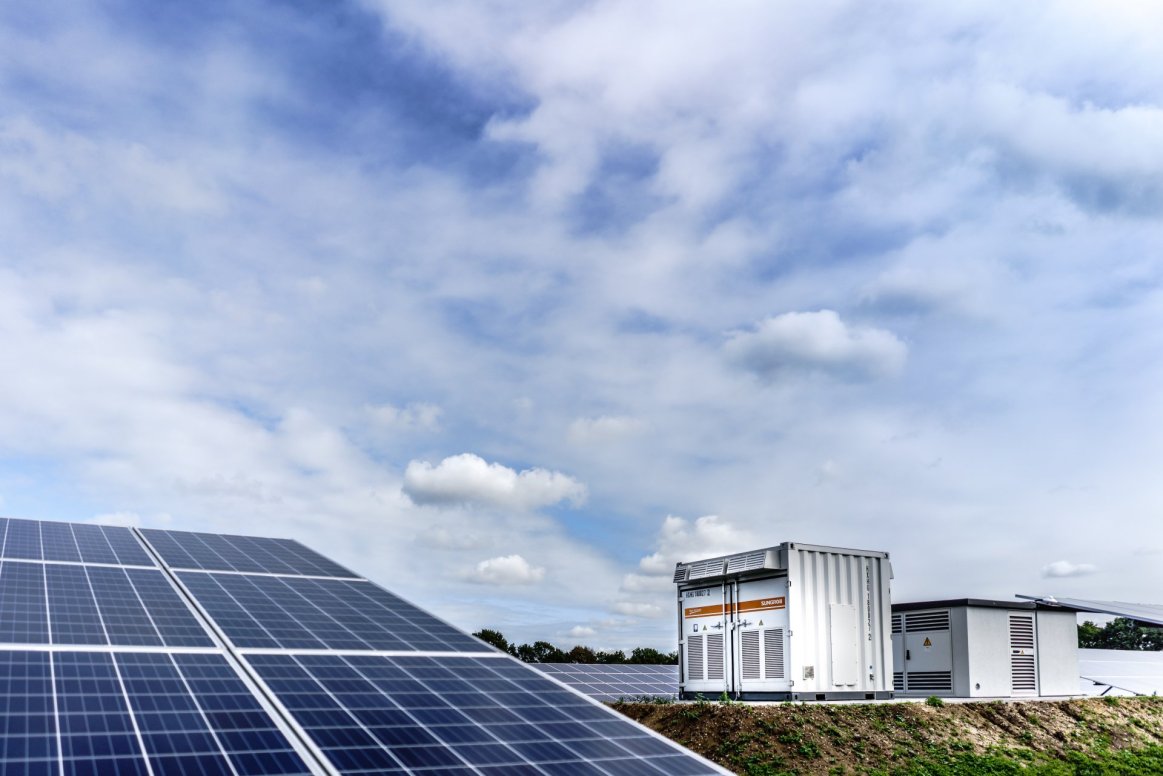
In June 2021, the White House issued a statement outlining its goal to ‘secure an end-to-end domestic supply chain for advanced batteries’. Lithium batteries are a key piece of the solar industry’s continuous growth, and with the global lithium battery market expected to grow by a factor of 5-10 by 2030, resources such as the National Blueprint for Lithium Batteries serve to guide investments towards a more clean and equitable supply chain. This DOE-backed initiative features goals such as securing access to unrefined materials, investing in US-based materials, and establishing more efficient processing plants to meet global demand. By stimulating the domestic cell and pack manufacturing sectors, these national commitments are helping to establish a circular economic program that reuses critical battery materials to save time, money, and resources.
Nationally organized plans, such as this blueprint, serve as one macro-scale example of the push to incentivize energy storage and battery advancement within the US. Additionally, the DOE’s first lithium-ion recycling facility, the ReCell Center, also funds research into the battery life cycle. Battery-focused centers like the ReCell Center have the potential to increase profitable domestic gains from battery recycling and develop plans for reuse earlier in the supply chain to optimize designs and minimize waste. The graphic below identifies certain opportunities to maximize use from these materials across the entire supply chain.

Source: Argonne National Laboratory
Forbes has added their take on the push for a stronger domestic battery supply chain presence. Cobalt, magnesium, and lithium are all raw minerals already in high demand; as energy storage and EV fleet mobilization increases, so will the need for these resources. However, domestic sourcing of some of these raw materials will require a heavy consideration of environmental and social impacts. One debate regarding whether or not to develop a mine on sacred Paiute land in Nevada has made headlines in recent months. The journey to reign in the battery supply chain within the boundaries of the US does present various consequences. This will be a very interesting policy field to follow in the coming years.
There are also many technological innovations within the energy storage and lithium battery process on the horizon that will contribute to the push for sustainable battery sourcing. Froth flotation is one cost-effective process which the DOE has discovered separates materials of lithium-ion batteries, incentivizing manufacturers to purchase recycled materials. Some researchers have tested shredding batteries to separate and extract materials. Further, a Worcester Polytechnic Institute study actually identified that recycled batteries generally exhibit better performance over longer lifetimes.
The potential to push battery advancement within the US is great. We are already seeing exponential growth in the amount of policies being passed that encourage energy storage mobilization across the county. The Global DOE Energy Storage Database allows you to easily look up your state’s storage policies so you can better understand the policy field in your area.
At the end of the day, offering energy storage to your customers is a crucial piece of any solar business. Luckily, Greentech Renewables is here to connect you with the top manufacturers, networks, engineering, and financing resources; reach out to us to chat with a PV professional about installing and selling more energy storage systems today!
